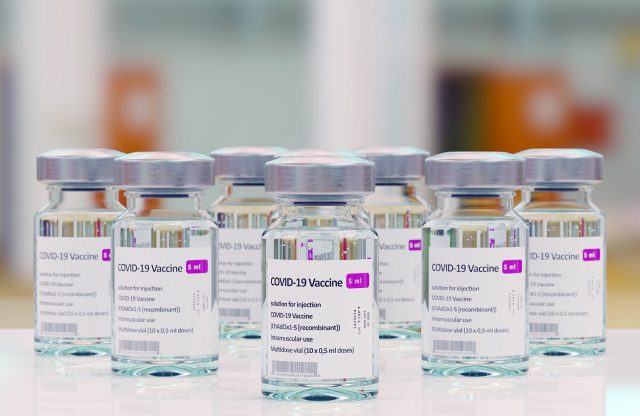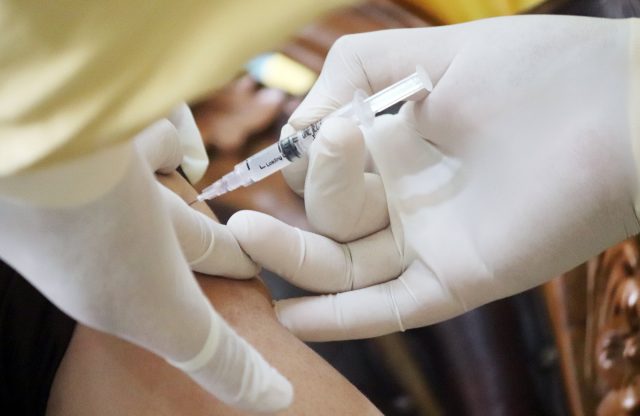Dr Robert Hess: Updates and Revises

Dr Robert Hess – 02/04/2022
Dr Robert Hess: Updates and Revises Section 4 of its Prophylactic concept.
In the current circumstances, it is more important than ever to maintain a clear overview. The number of vaccinations and infections, the virus variants in circulation and the available vaccines, the course taken by an infection, possible side-effects and the administration of various drugs against severe COVID-19 – these are all factors that make our efforts to provide comprehensive protection more complex, requiring close attention and detailed documentation. Protection of the organism as a whole remains our priority, which is why we are now broadening the scope of our prophylactic concept and scheduled check-ups.
In the last two years, our immune system has been through a lot – it has had to adapt and evolve, to adjust and play a supportive role in meeting the new challenges of either infection with COVID-19 or injection with an mRNA vaccine. To complicate matters, a pandemic is a fast-moving and generally unpredictable state of affairs that may drag on over months and years. Right at the start of the COVID-19 pandemic, I placed great emphasis on accurate documentation of the vaccination and infection status of my clients in order to ensure that data is systematically processed and that possible sequelae are spotted. The information we have gathered will now be evaluated and incorporated into our amended prophylactic program.
With this specific focus on prevention, we aim to identify and monitor potential long-term effects of SARS-CoV-2 infection. Long covid and post-covid are both sequelae of the disease, but they describe a very broad and elusive picture of diverse symptoms. As the pandemic has progressed, it has become increasingly clear that infection with SARS-CoV-2 can have long-term health consequences, even if the course of the disease itself is mild or is asymptomatic and therefore goes unnoticed. For this reason, I pay special attention to the sequelae of COVID-19 with the aim of defining these terms more precisely for our clients in the future.
At the same time, we also have to consider the possibility that certain symptom manifestations might instead be associated with vaccine damage and the long-term consequences of repeated vaccinations. More and more studies are producing information about the effects of the spike protein and about endothelial damage. However, we are surprised that there are no large-scale studies on possible carcinogenic effects or immunomodulatory changes so far. We will continue to keep this on our radar.
This specific focus on prevention in relation to the COVID-19 pandemic also shifts attention to the internal organs, where we are primarily looking at the kidney, liver, coronary arteries and the bronchial and neurological systems. Likewise, our prophylactic recommendations will also cover the relevant techniques and diagnostic methods. For example, we consider echocardiography (ultrasound examination) in cardiac and coronary artery diagnostics as no longer sufficient for our requirements and would therefore favor diagnostics based on a cardiac MRI scan.
In conclusion, I would like to inform my clients that we now intend to shorten the intervals for preventive care planning. This has the advantage that continuous monitoring of our clients and the availability of individualized data allows us to intervene at an early stage and thereby prevent damage in the long term.



